Hatfield Forest five-month Shell House restoration project complete
- Published
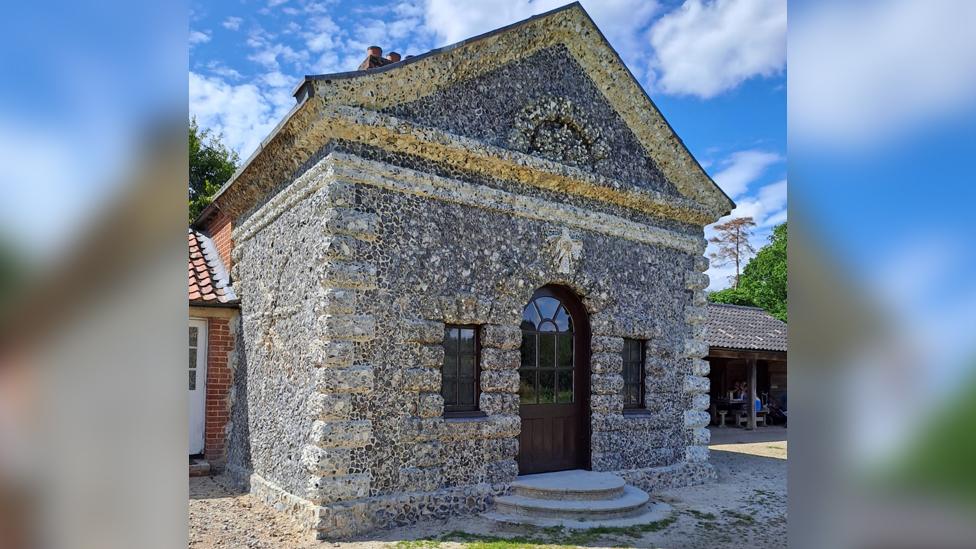
Shell House is now ready to reopen to visitors to Hatfield Forest National Nature Reserve in Takely, Essex
An 18th century Shell House has been restored to its former glory after a five-month restoration project.
Work on the building, thought to have been built in about 1750, sits within the National Trust's Hatfield Forest nature reserve, in Takeley, Essex.
Funding for the renovation came from a "generous gift left in a will", the charity said.
Some of its shells come from the West Indian, West African and Indo Pacific trade, collected by the Houblon family.
The building was designed to be used as a place to picnic and entertain, about a mile away from the family's Hallingbury Palace, which was demolished in 1926.
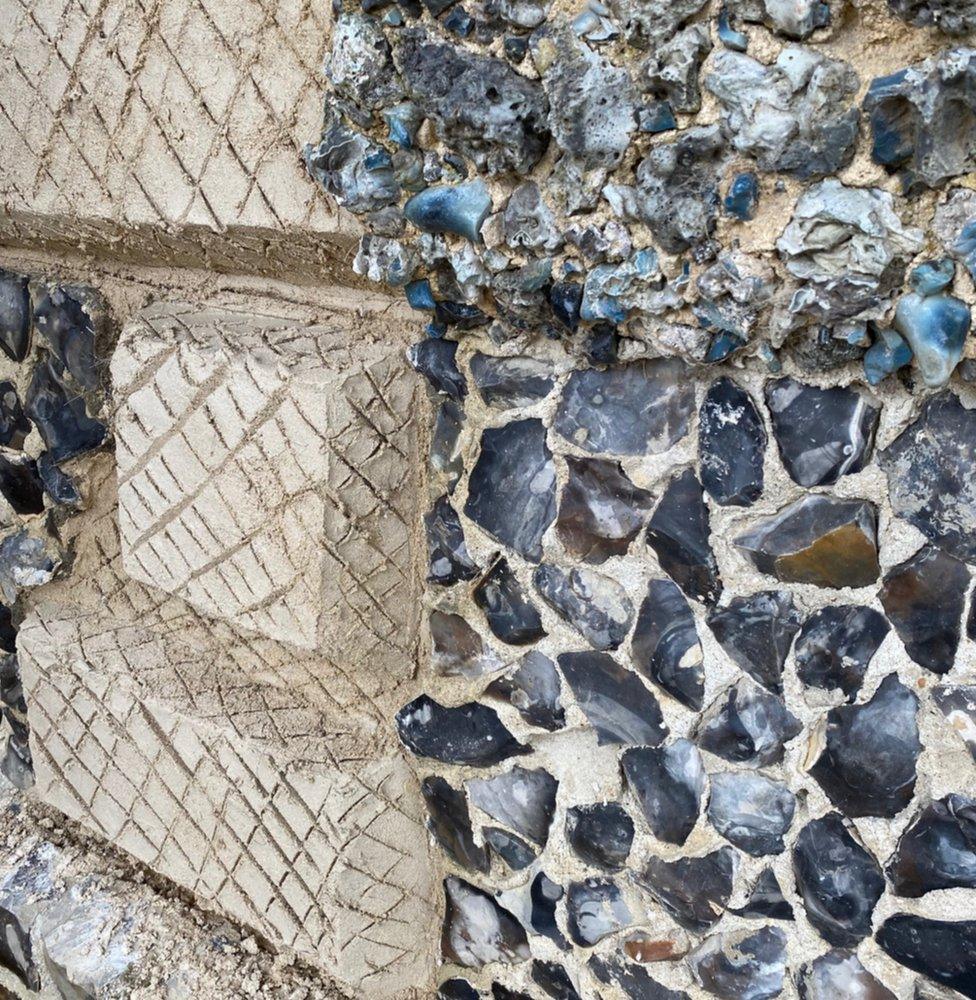
The team used traditional techniques and followed original patterns as the work was carried out
It overlooks a lake thought to be designed by famous landscape design Lancelot 'Capabilty' Brown, the National Trust said.
It was constructed by the Houblon family with the inside decorated by Jacob Houblon's 17-year-old daughter Laetitia.
Original shells came from foreign countries where the family were involved, with exotic shells and a rare fossil placed above the door.
"The majority of the decorative materials appear to have been more locally sourced estuarine shells, local flint, glass and foundry slag", the National Trust said.
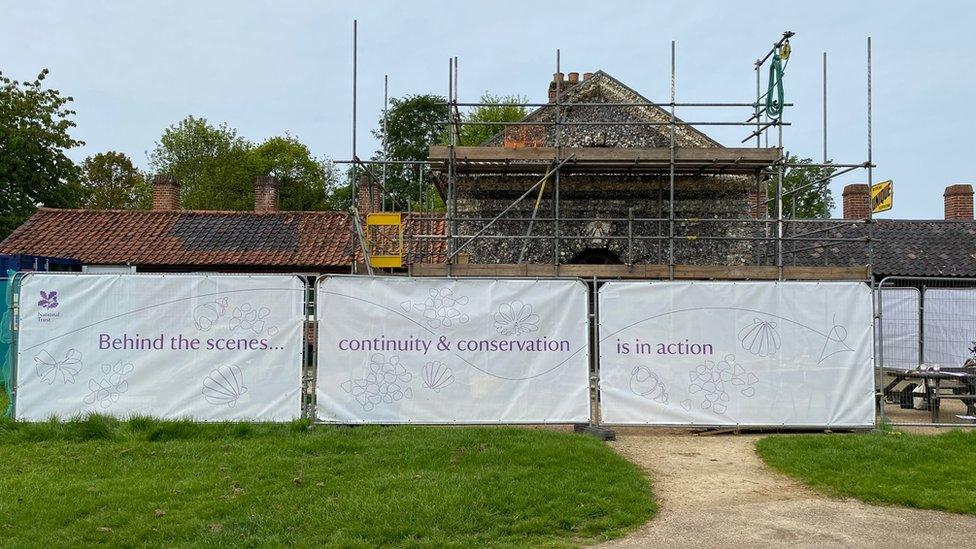
The work took several months to be completed
James Rowland, Hatfield Forest property operations manager, said: "Over the years, the unique exterior of this special building gradually deteriorated and this year, we had the pleasure of teaming up with Cliveden Conservation to carry out its vital restoration.
"It's brilliant to see this truly special building looking its best once more, ensuring it will continue to intrigue and delight for generations to come."
Traditional techniques were followed using original patterns, the trust added.
"Knapped flint, blue glass slag and a variety of exotic and native shells have been fixed to the outer walls using original materials where possible."
A deep conservation clean is now taking place with plans it will reopen to visitors.

Follow East of England news on Facebook, external, Instagram, external and X, external. Got a story? Email eastofenglandnews@bbc.co.uk, external or WhatsApp us on 0800 169 1830
Related topics
- Published11 June 2023
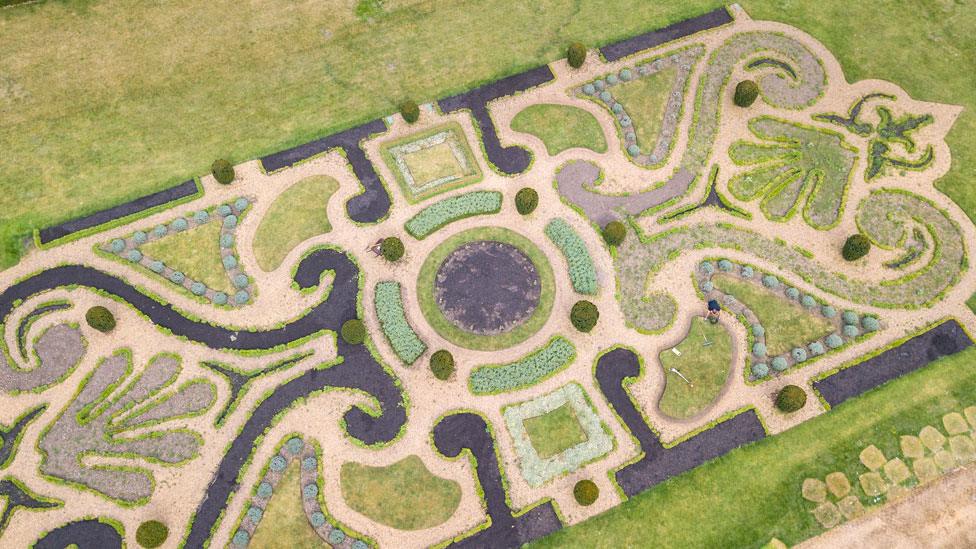
- Published29 June 2022
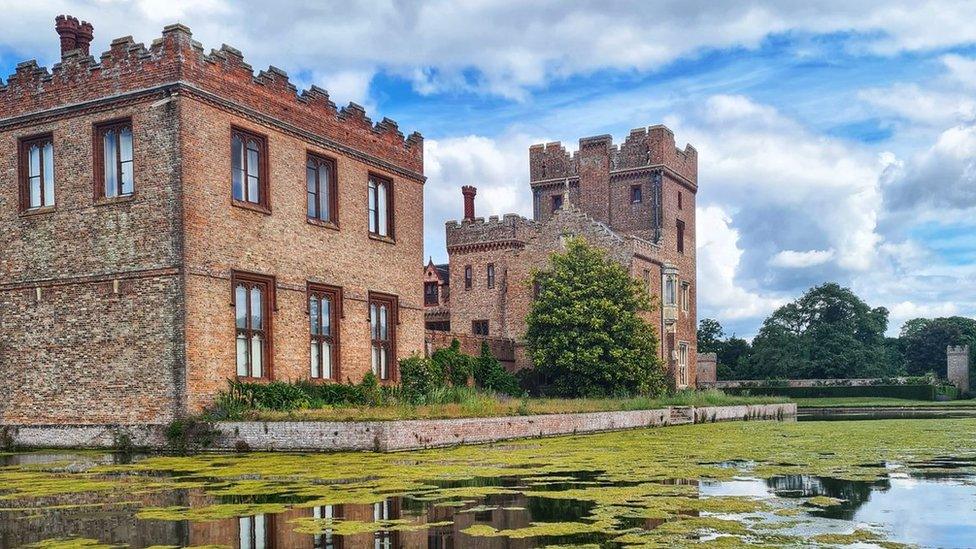
- Published29 April 2022
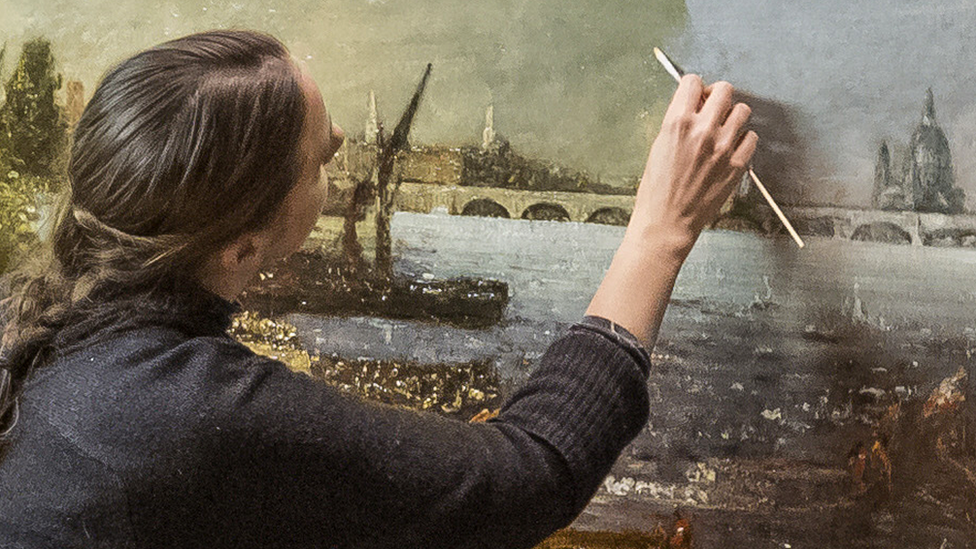
- Published18 January 2016
